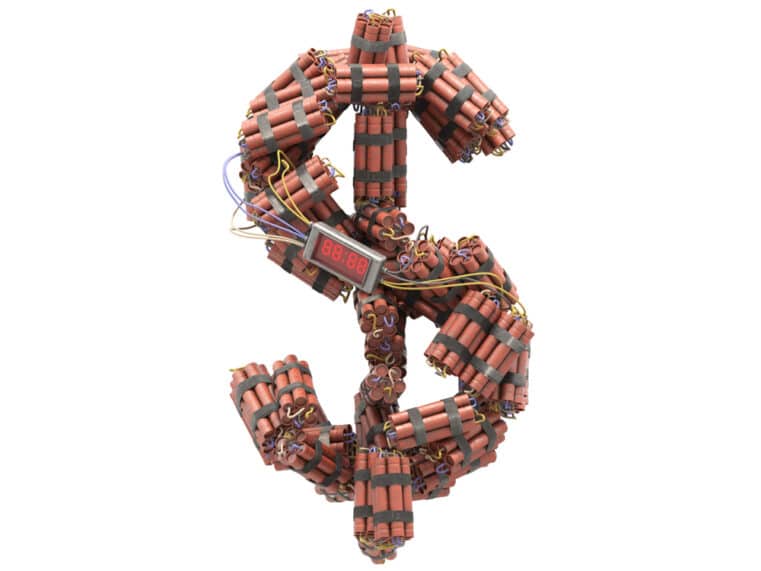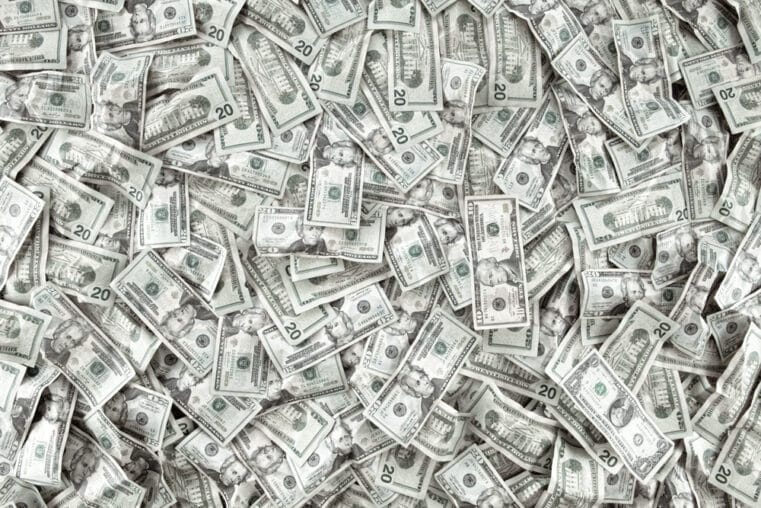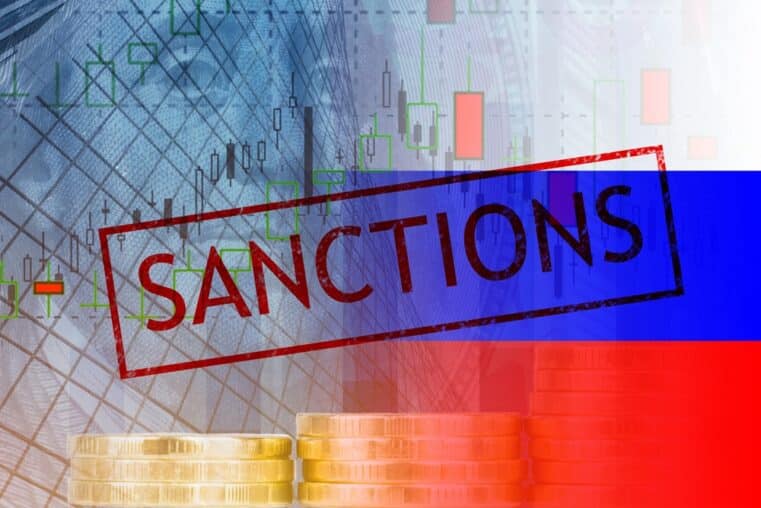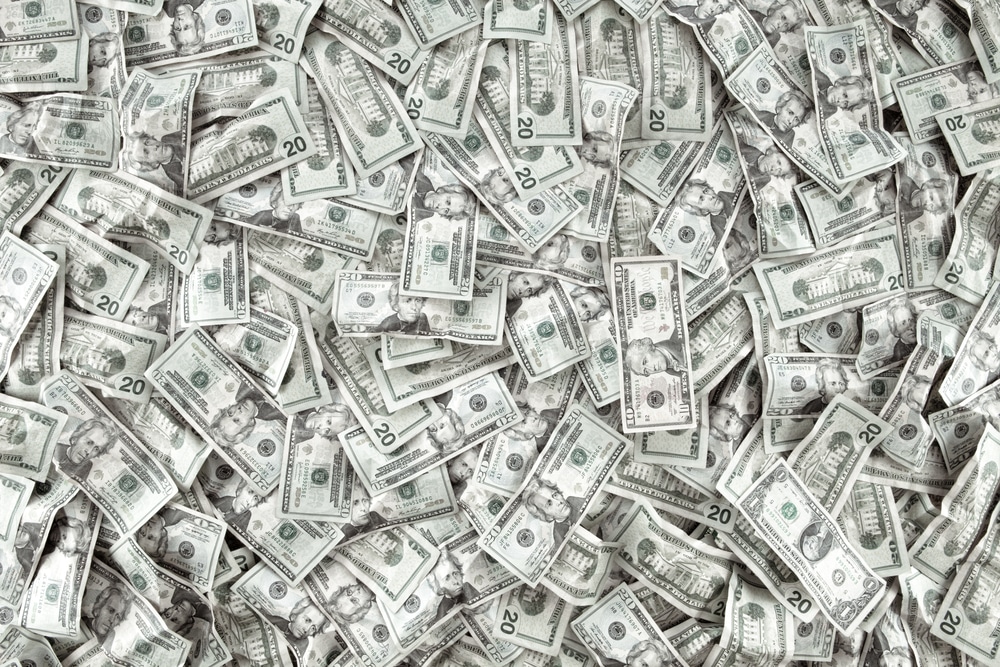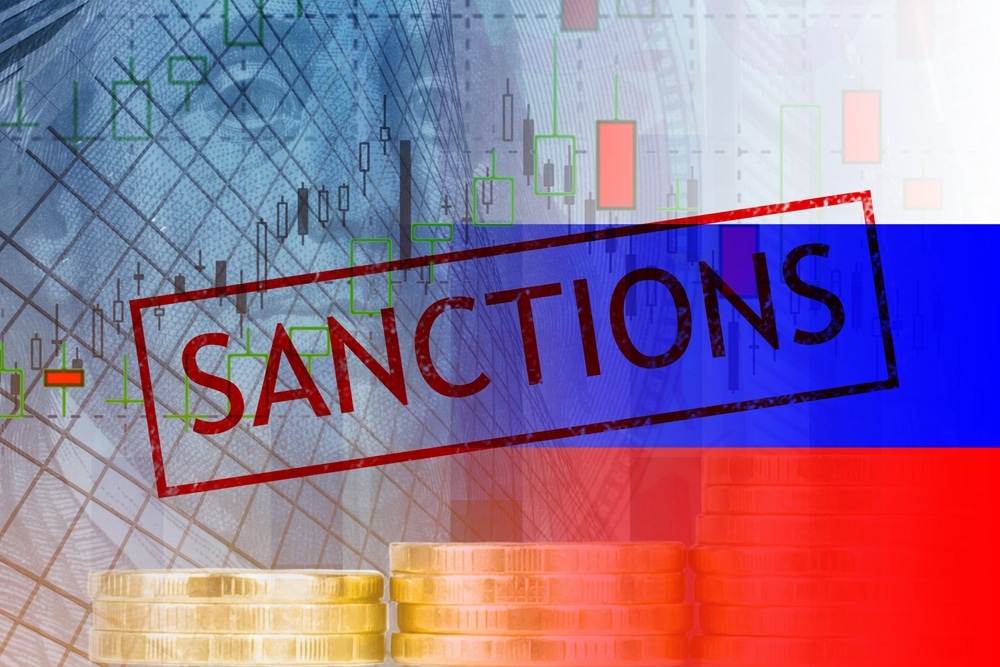
Russia’s Gold Rush: A 700% Surge in Daily Purchases Raises Alarms
Russia will spend 8.2 billion rubles ($92 million) each day on gold and foreign currency from September 6 through October 4 for a total of 172.9 billion rubles ($1.9 billion), the country’s Finance Ministry announced on Wednesday.
"The amount of funds allocated for purchases of foreign currency and gold totals 172.9 billion rubles,” the ministry said in a statement. “Transactions will be carried out from September 6 to October 4, 2024, respectively, daily volume of purchase of foreign currency and gold will equal 8.2 billion rubles.”
The new spending target is nearly seven times the daily volume of 1.12 billion rubles ($12.4 million) the Ministry was spending from August 7 to September 5, which totaled 24.65 billion rubles ($272.8 million).
The Finance Ministry said they expect “windfall” oil and gas revenues of 162 billion rubles in September. Actual oil and gas revenue in August was 10.9 billion rubles ($129 million) higher than the initial expectation.
They said the new numbers “make it possible to estimate the volume of operations conducted by the Bank of Russia on the currency market related to the replenishment and use of the National Wealth Fund.”
Given the new transaction volumes the Finance Ministry announced for the September 6 - October 4 period, the Central Bank will be selling 0.2 billion rubles ($2.2 million) in currency per day - its sales were 7.8 billion rubles ($86.3 million) per day for August 7-September 5.
In August of 2023, Russia’s finance ministry restarted gold and currency purchases after 18 months of selling or sitting on the sidelines as Moscow looked to profit from higher oil prices.
Russia ended a nearly one-year-long pause in their foreign exchange interventions in January of 2023 when they began selling their yuan reserves under a budgetary mechanism designed to insulate the country’s economy from the volatility of commodity markets. FX purchases were halted in late January 2022, and the program was suspended after the invasion of Ukraine the following month.
As the bulk of Russia’s currency reserves were frozen by U.S. and European sanctions, the yuan is the main asset Russia still had available for these operations. Approximately one-third of Russia’s budget revenues come from the oil and gas industry.
This article originally appeared on Kitco News.


